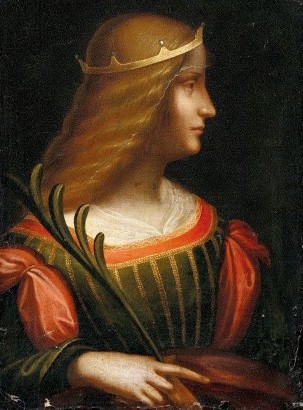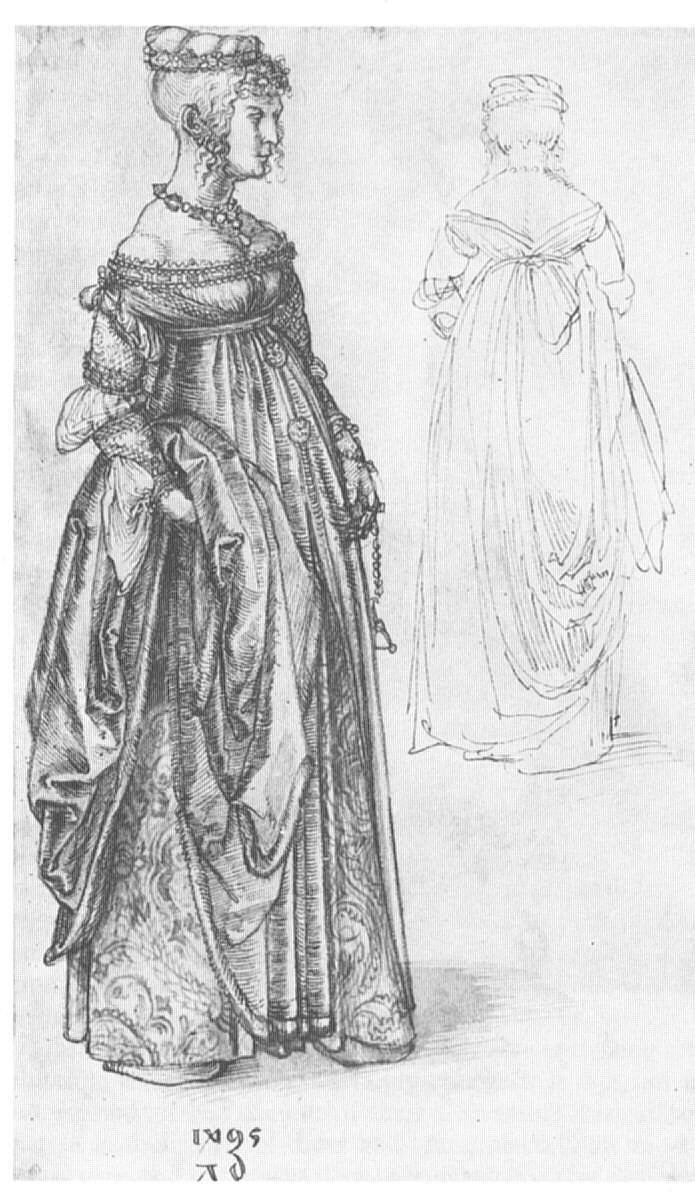This recipe for a Bean Omelette or Friger la Fava comes from
Libro de arte coquinaria as reproduced in
The Original Mediterranean Cuisine. I wanted to try this recipe because I had never eaten broad beans before and wasn't sure if I would like them. (Turns out that I do!)
The recipe in the book is:
1 cup of fresh or frozen broad beans
half an onion finely chopped
1 tb olive oil
1-2 slices of pancetta, cut into strips
1 tb chopped parsley
4-6 sage leaves, finely chopped
3 eggs
salt and freshly ground pepper
The original recipe also adds chopped figs. I couldn't get fresh figs or get any pancetta, so I substituted prosciutto and omitted the figs altogether. If I did this recipe again I would use a greater amount of prosciutto or possibly bacon (just because it has a strong flavour and is easy to obtain.)
I used
1.5 cups of broad beans (frozen and thawed)
1 onion
100 g prosciutto
6 fresh sage leaves
1 apple
12 eggs
one quarter teaspoon of paprika
one quarter teaspoon of nutmeg
1-2 tb dried parsley
pepper and salt to taste
small amount of olive oil
I cooked the broad beans on salted water. I diced the onion and cooked it until it was soft in a little bit of olive oil. Then I added the diced prosciutto. I added the diced apple. I finely sliced the sage and added it to the pan. I removed one third of the bean 'skins' and chopped the beans, adding them to the pan right at the end (as they were already cooked.
In a separate dish, I beat the 12 eggs and added sweet smoked paprika, nutmeg, pepper and salt and the dried parsley. I added the apple, onion and prosciutto mix from the other pan and mixed it all together. I decided to cook this dish as a frittata for ease of serving, so lightly sprayed a frittata dish with olive oil spray and added the eggy mix. I cooked the dish for about 20 minutes at 170 degrees C. When the top was golden and the centre was firm, I took it out and cooled it on a cooling rack.
I prefer my egg dishes quite firm, but this could be cooked less to make it a little more gooey. The amounts of ingredients I used made a small and large frittata.
This dish would be really delicious with garlic and cheese added.






 The next step was to add eyelets for lacing and lucet some cord to lace with. I added some hooks and eyes and a modesty placket. I finished the embroidery on the skirt trim and whip stitched the front edge closed.
The next step was to add eyelets for lacing and lucet some cord to lace with. I added some hooks and eyes and a modesty placket. I finished the embroidery on the skirt trim and whip stitched the front edge closed.